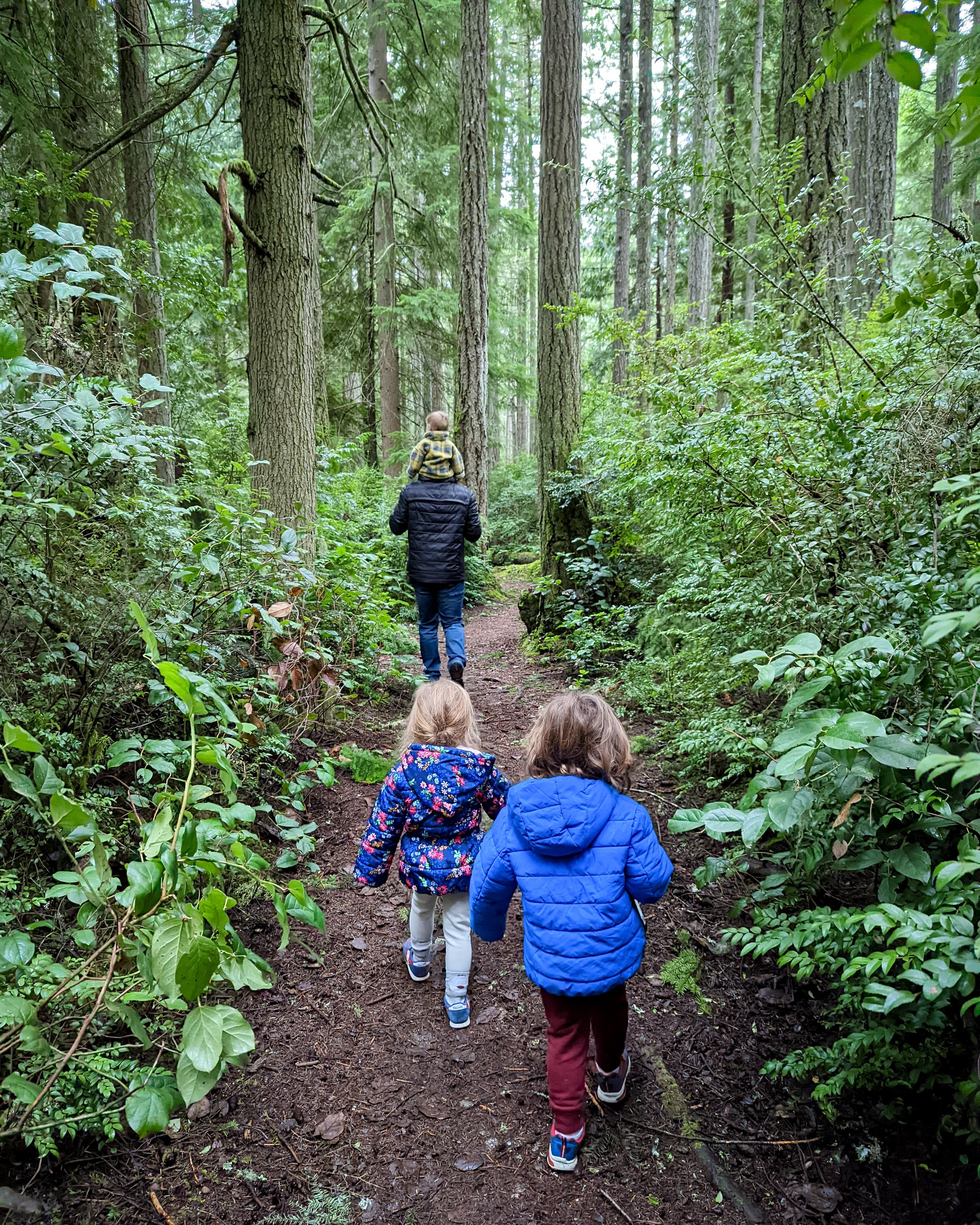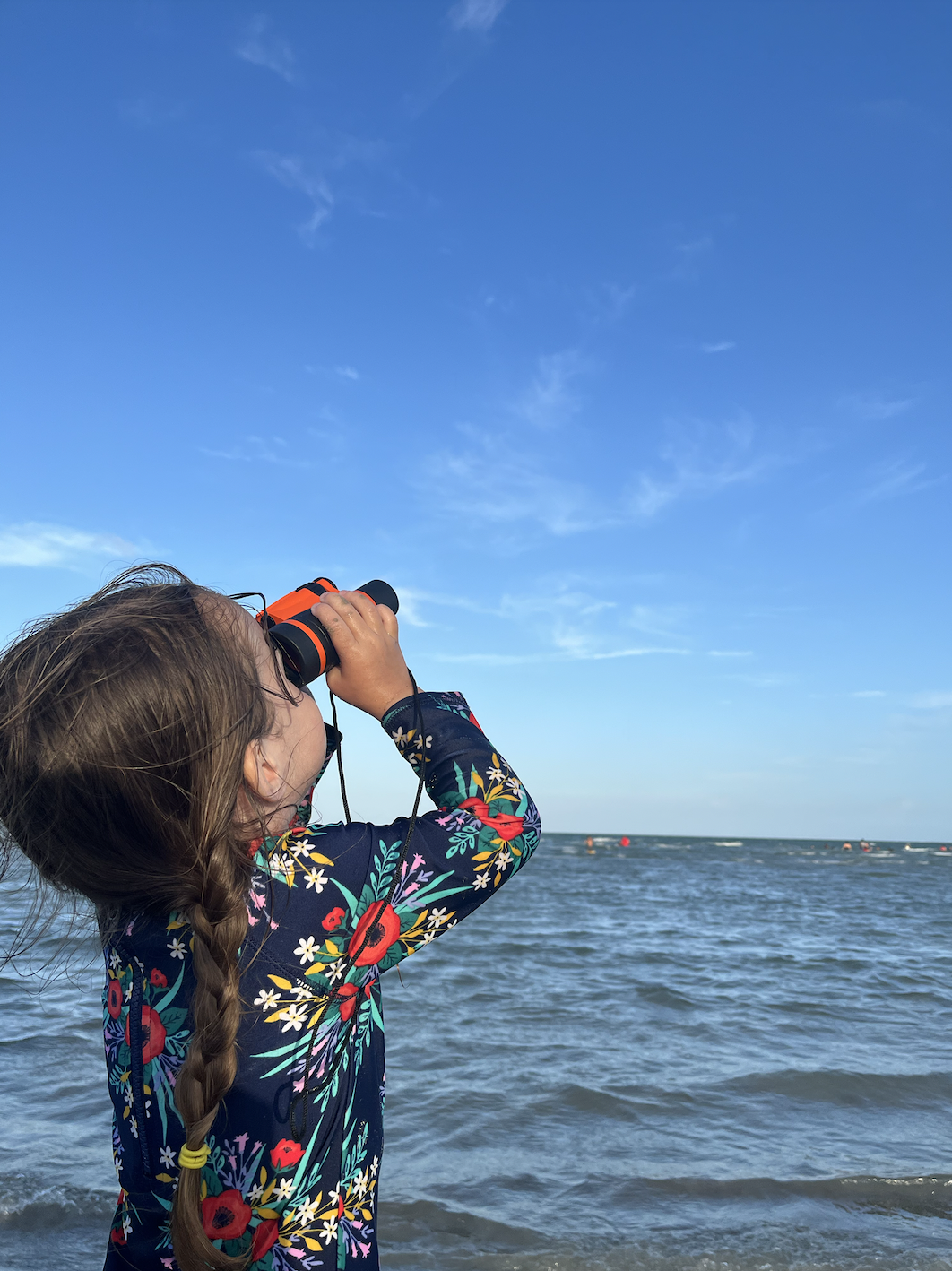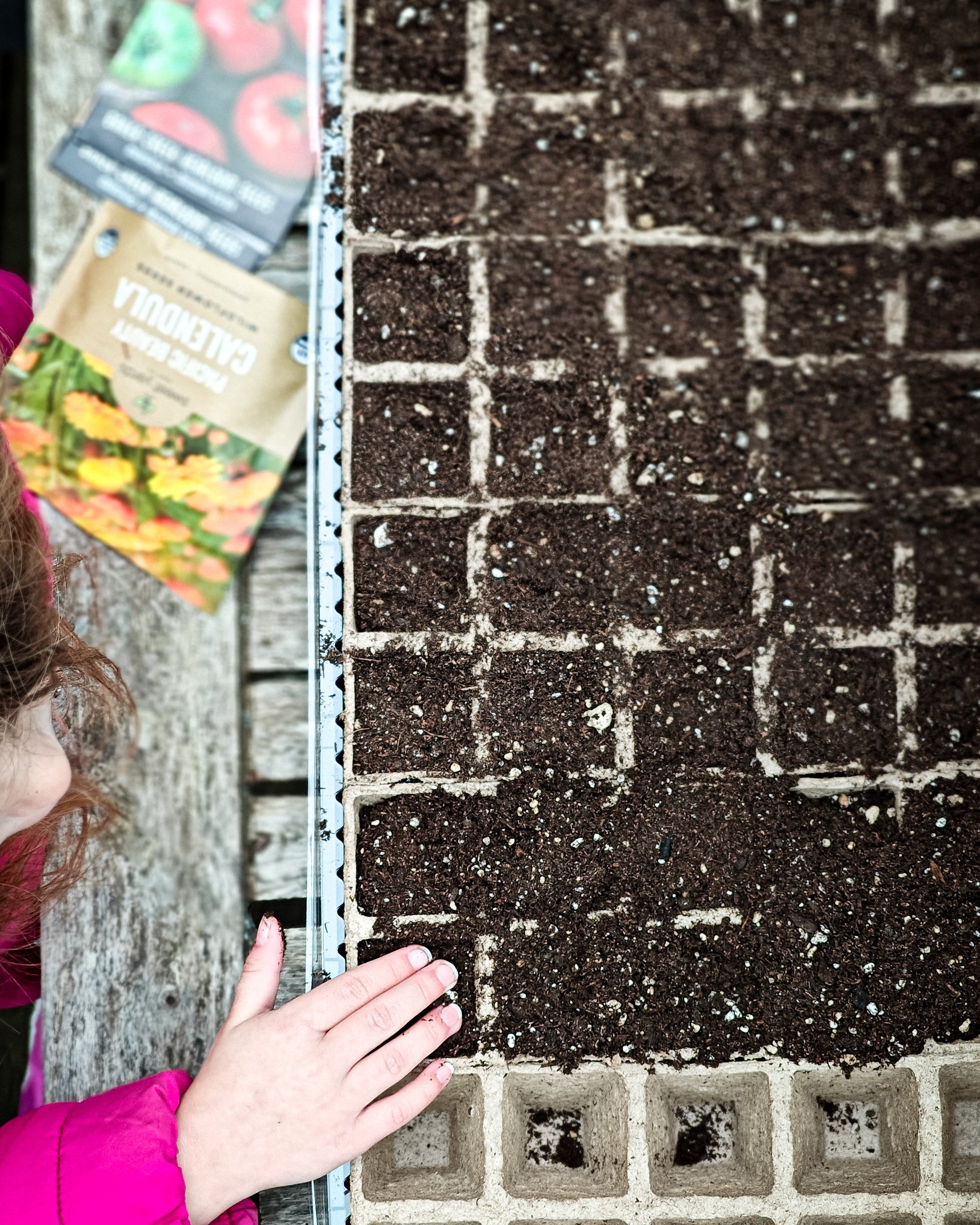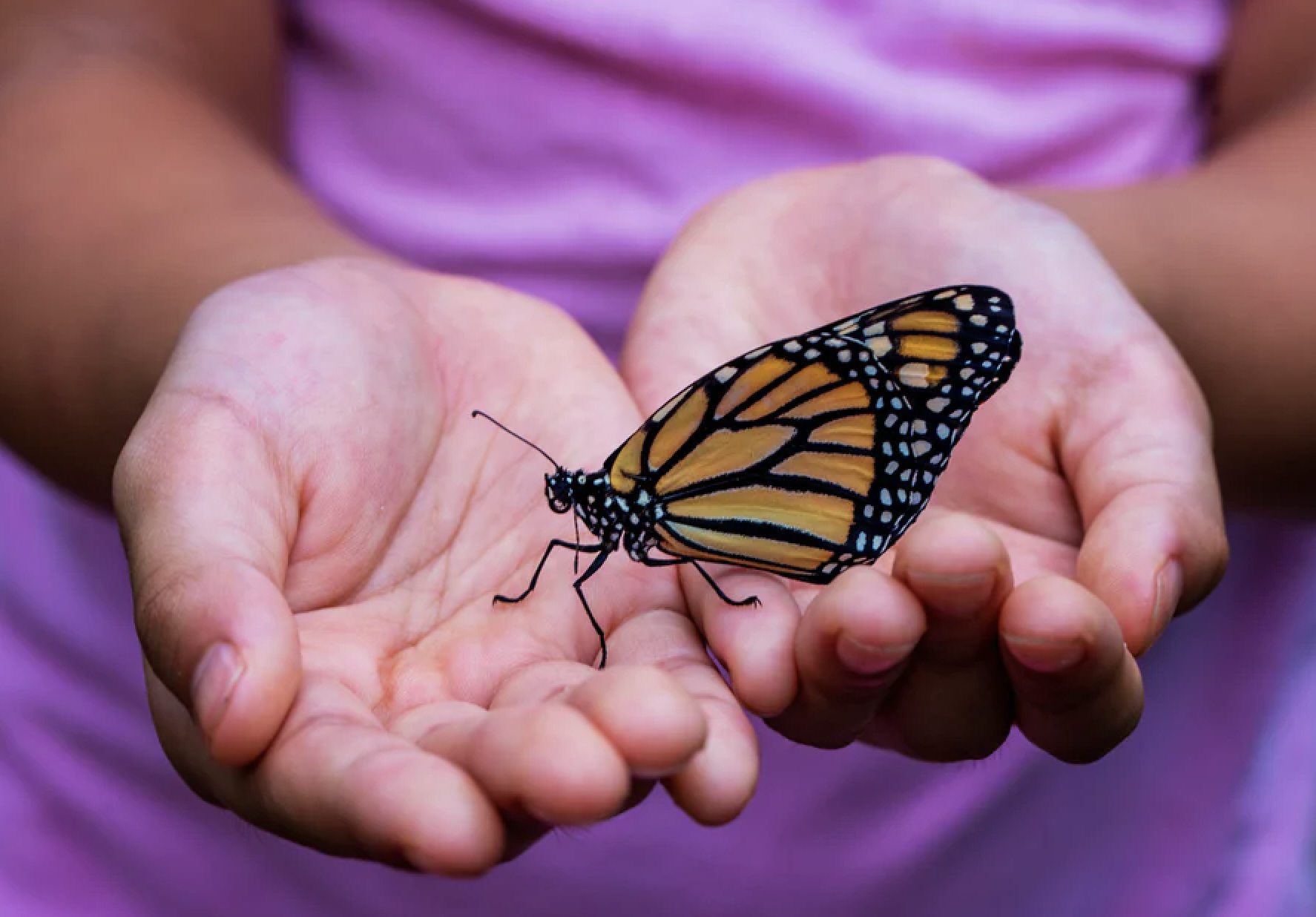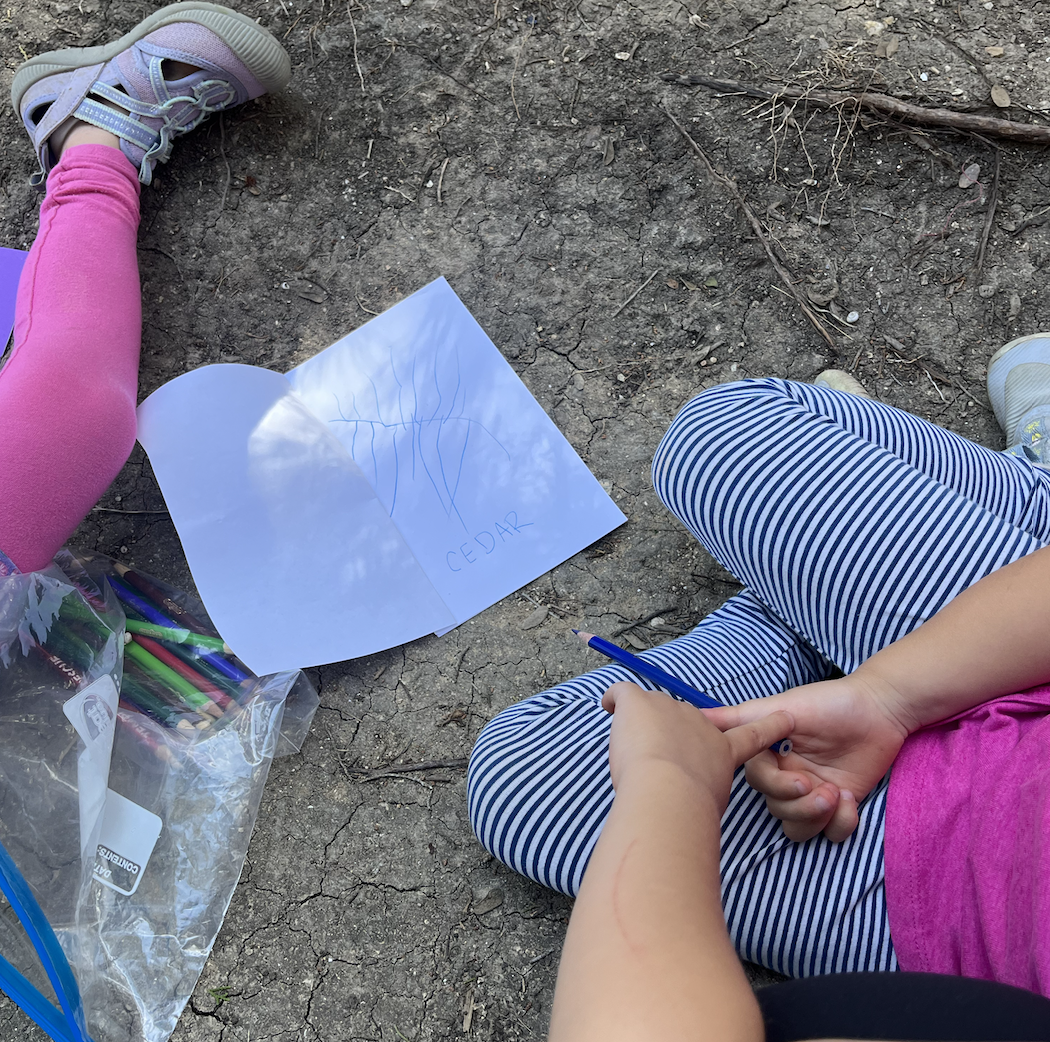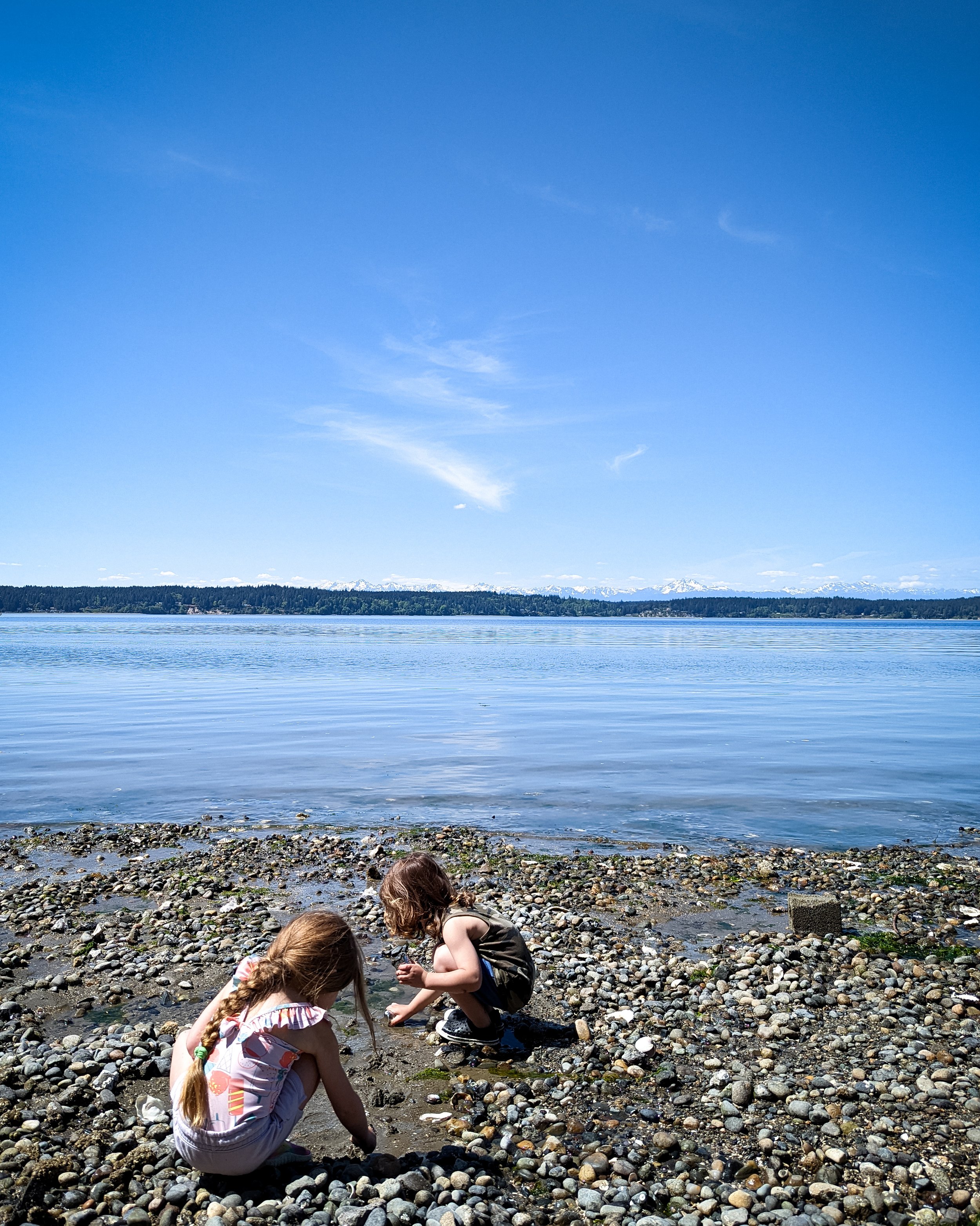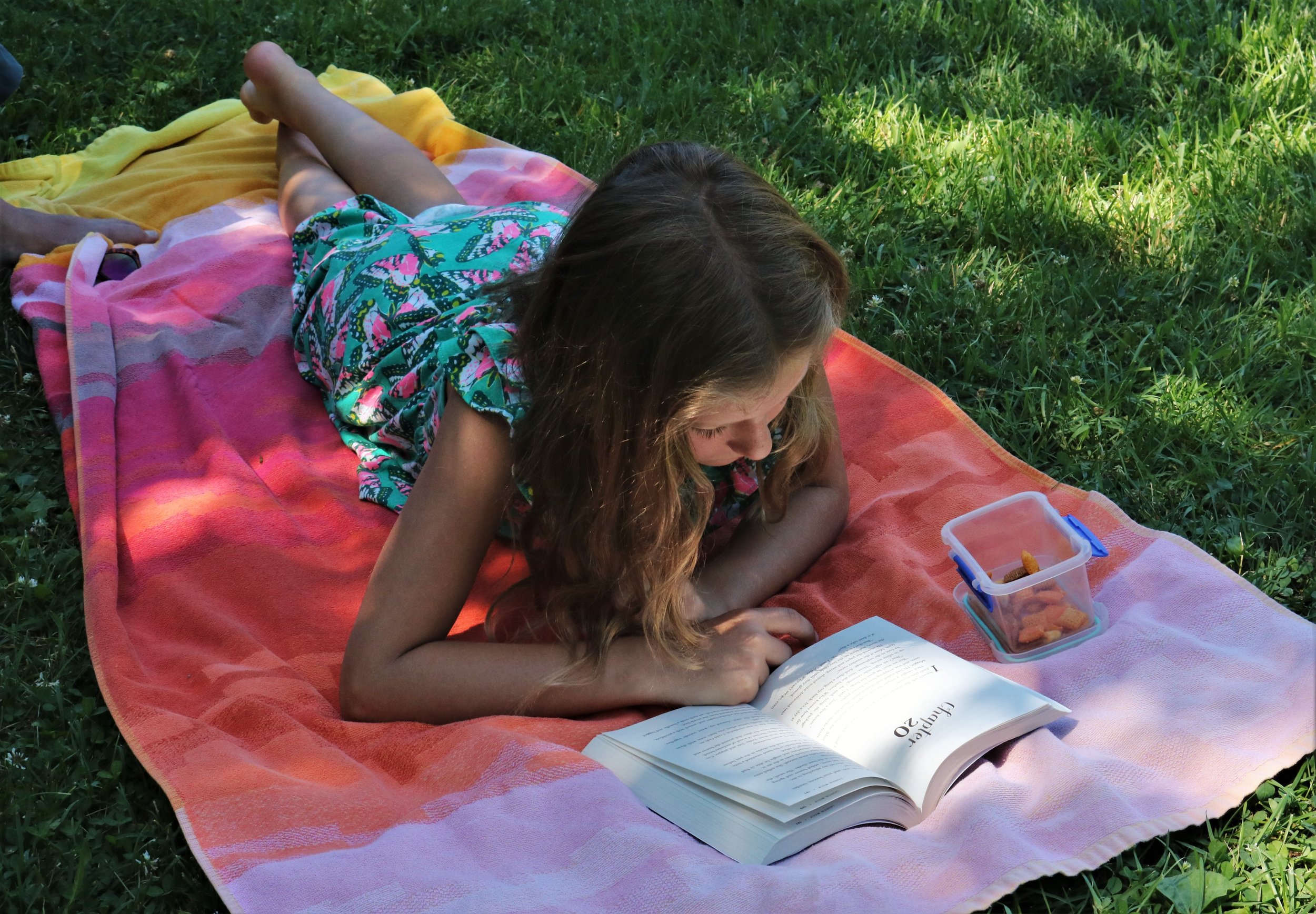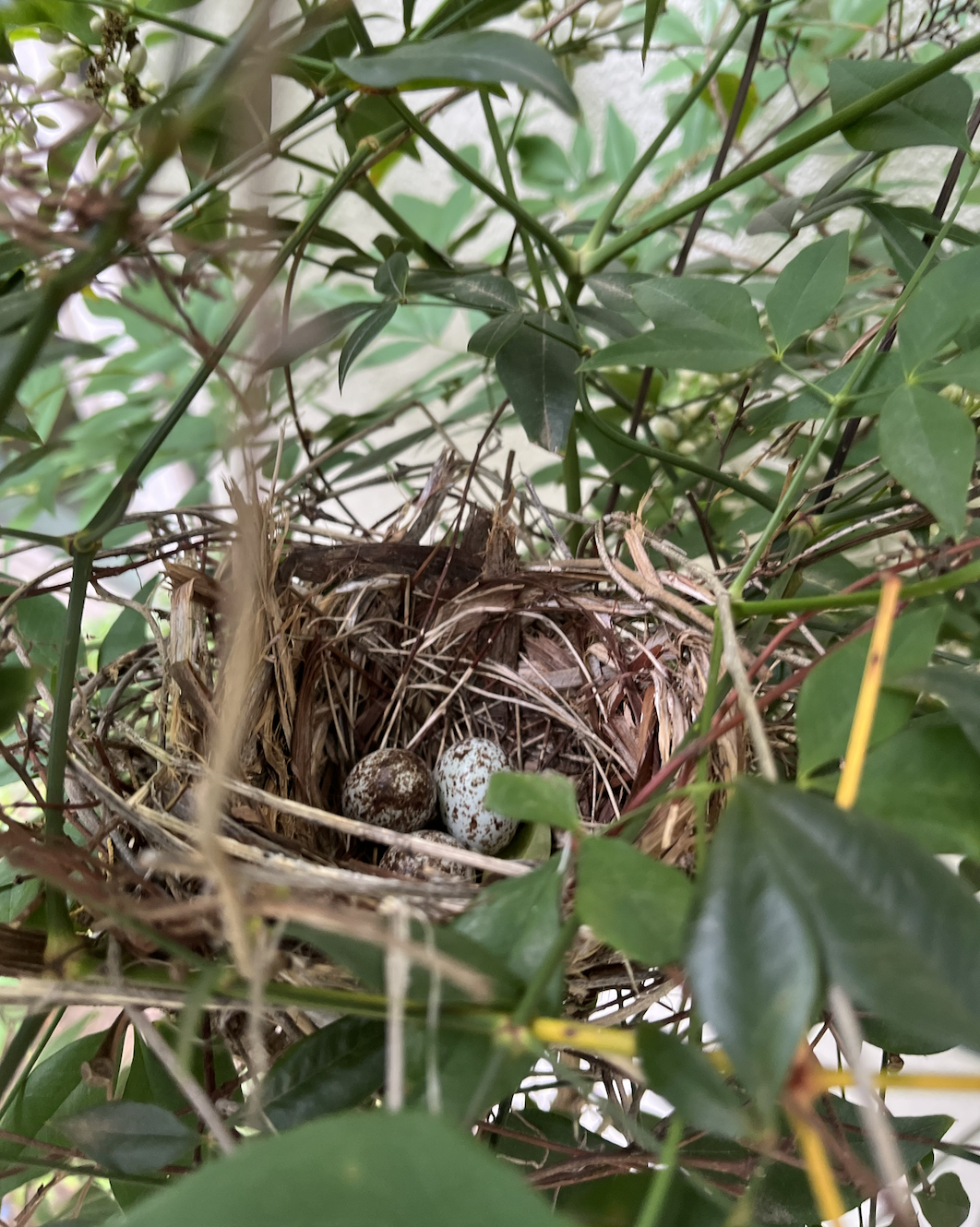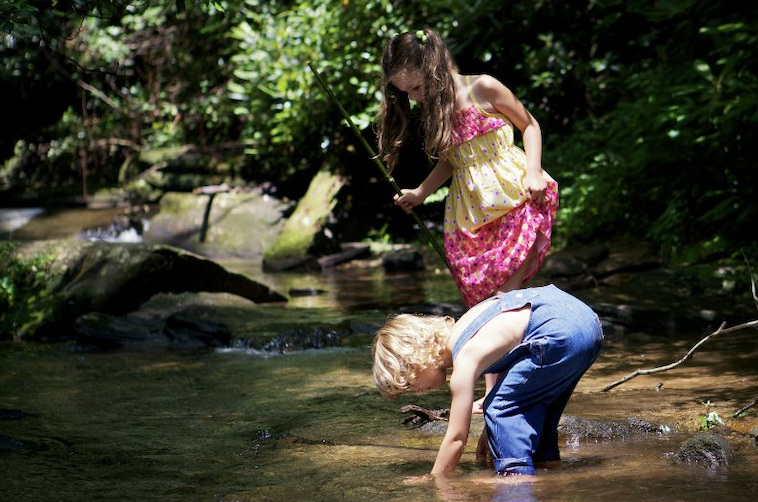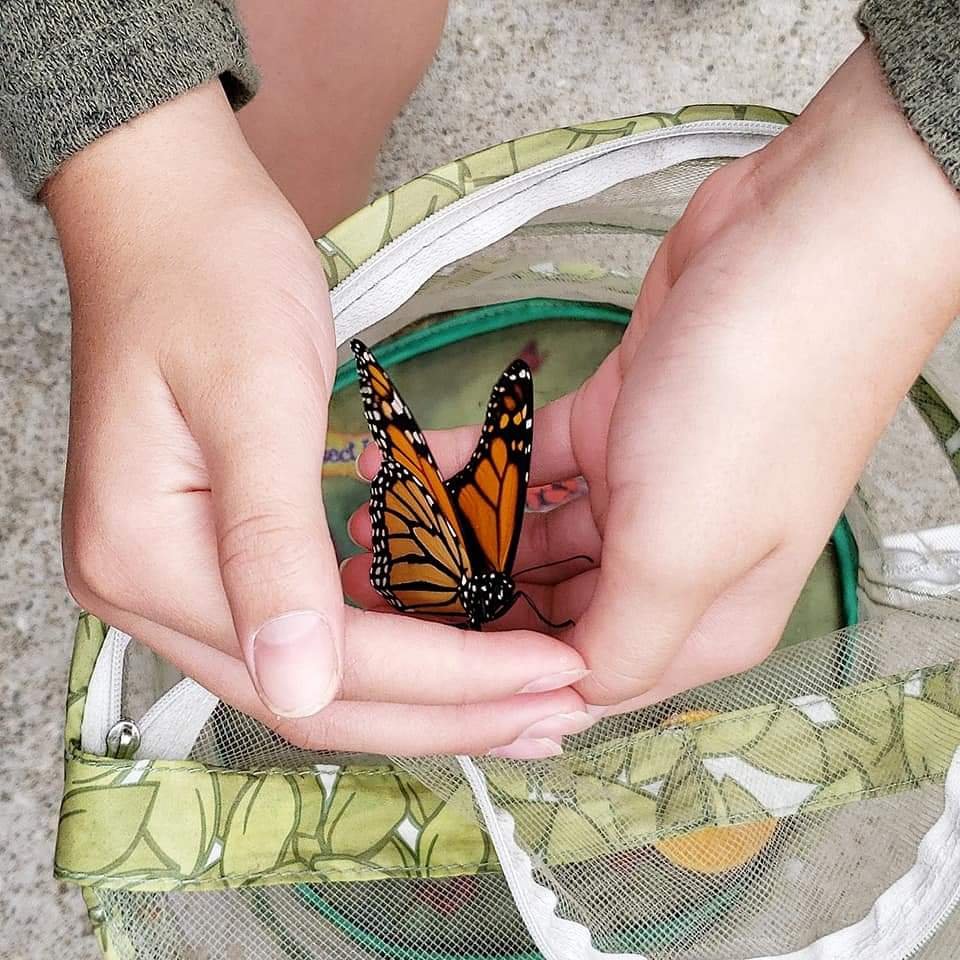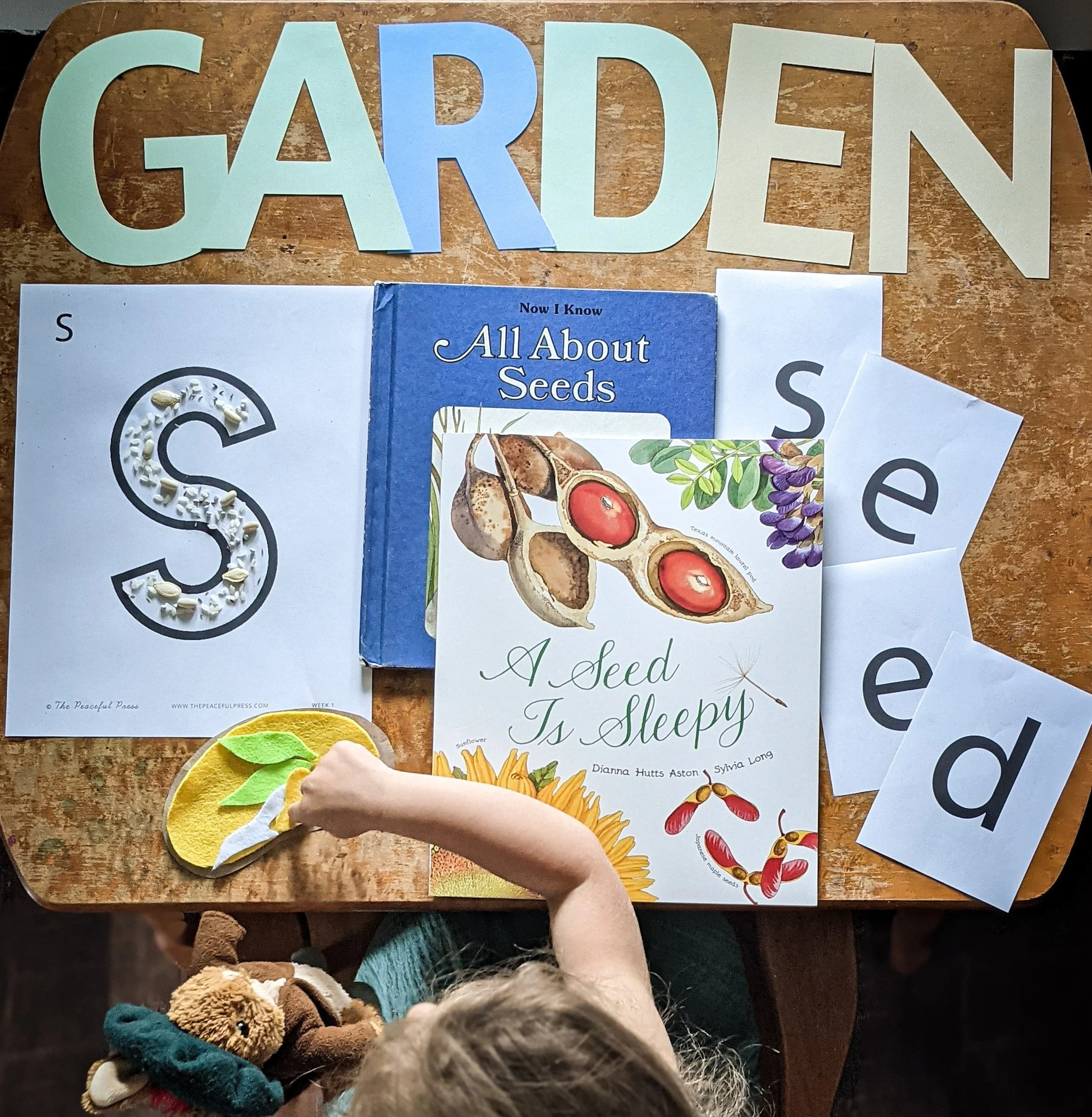30 Outdoor Classroom Activities
In Home Education, Charlotte Mason shares:
“It is infinitely well worth the mother’s while to take some pains every day to secure, in the first place, that her children spend hours daily amongst rural and natural objects.”
This is not going to look the same in every home, but we know it is of great importance, so here you will find suggestions on how to implement time amongst natural objects.
Ideas for outside nature time
Daily nature walk (literally in your own neighborhood). Bring a nature journal and draw something you see while outside.
Adopt a tree in your yard. It is best to designate a deciduous tree. The purpose of this is to observe the tree and notice changes. You can have your child sit near the tree and draw it quarterly to note seasonal differences. You can work with your child(ren) to identify the tree, sketch a leaf, a winter twig, bud, etc.
Nature counting scavenger hunt. Create a checklist of nature items for your children to find outside and count what you find.
Make leaf rubbings. Choose some leaves and place them under a piece of paper. Rub a crayon across the leaves and observe the veins, midrib, petiole, etc. As an extension, the kids can label the leaf anatomy.
Toy wash! This one is extra fun. Bring a tub of water, some sponges, and some soap outside. Let your kiddos play with their toys in the mud, dirt, and sand. Then they can wash and dry their toys.
Garden together. Plant some seeds with your child and discuss the plant life cycle. Check out our Garden Guide!
Chalk on the pavement. Play a game of hopscotch!
Jump rope while spelling sight words, their name, counting, etc.
Bird watching. Take a walk and look for birds with binoculars. Count the birds you see. Make a bird feeder with a pinecone or toilet paper roll, nut butter and bird seed.
Gather and use sticks and twigs to write their name or sight words.
Create a fairy or gnome home together.
Go puddle jumping on a rainy day.
Collect rocks, sticks, acorns, etc. and have a nature drum circle.
Go on a bug hunt. Count how many bugs you see as you walk.
Make a boat from nature items and see if it floats in a creek or stream.
Create an obstacle course. Use sticks, chalk, hula hoops, cones, rocks and other items for your child to jump, crawl or climb through.
Have a picnic outside. Try a recipe from The Peaceful Press Cookbook!
Practice addition and subtraction with nature items.
Ice animal rescue. Put small plastic toys in a bin or large bowl full of water and let freeze overnight. Let your child use different utensils to rescue the toys from the ice.
Blow bubbles and count how many you can pop!
Plant a butterfly garden. Milkweed, butterfly bushes, and more will bring butterflies to your yard.
Let your child play kitchen or restaurant. Pretend to order food and let your child make mud pies or other fun mud creations!
Read books outside together. Check out this book list of some of our favorite nature themed picture books.
Observe the weather. Keep track of the weather conditions. Our Morning Time Menu includes a weather chart! You can make your own rain gauge with an empty plastic bottle. Cut 2/3 of the way down and put the top half inside of the bottom half. Tape your rain gauge together and add 1cm measurement markings along the bottle.
Outdoor arts and crafts. Get creative and use nature items to make your own picture.
Lay on a blanket and watch the clouds. Discuss what animals or objects you see in the clouds.
Play tic-tac-toe using rocks and twigs.
Create an outdoor sensory bin with sand, dirt or birdseed and add rocks, acorns or toys for your children to find.
Use a microscope to look at nature items and bugs.
Paint with ice! Use an ice tray to freeze water with food coloring. Take your ice paint outside on a warm day for a multi-sensory craft.
As you can see, studying nature can be as in depth or as low key as needed based on your children’s age and ability levels. There truly isn’t any reason not to enjoy nature study, and there are so many reasons why it is delightful and beneficial.
If you enjoyed these outdoor educational activities for kids, you’ll appreciate our printable homeschool Nature Guides. Your child will learn phonics, counting skills, fine & large motor skills, and more! Explore all the guides and bundles here.
What would you add to this list? Comment below and let us know. Happy exploring!

